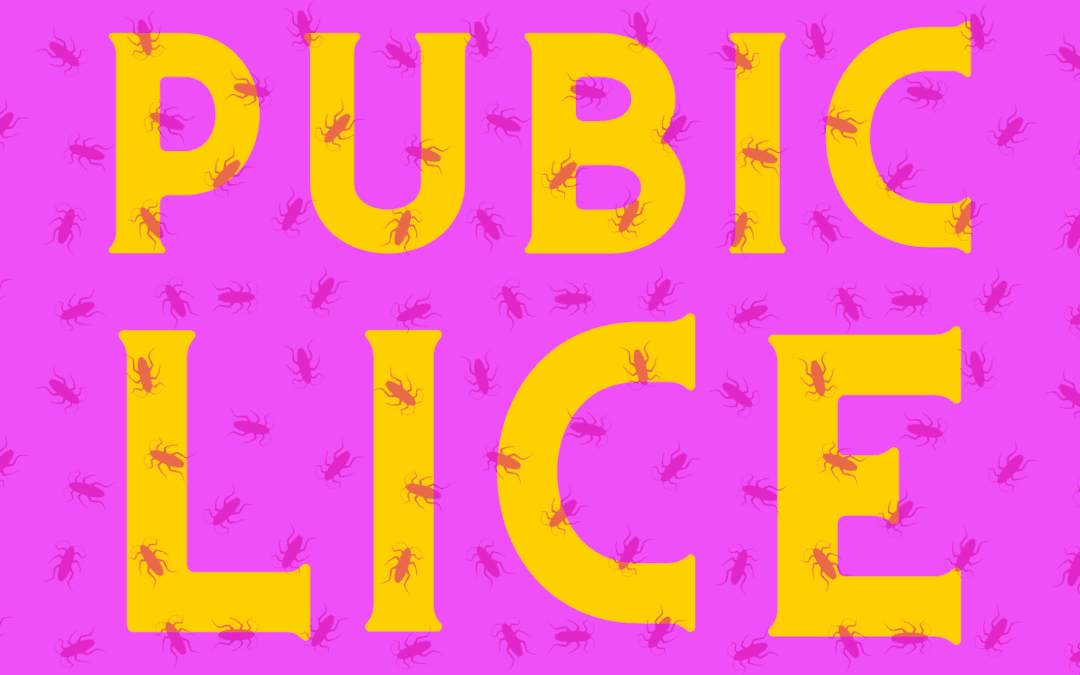Is Pubic Lice a Parasite?
Tiny parasites that can attach to your hair and skin are called Pubic Lice.
Every year, millions of people get infected with this sexually transmitted disease. These tiny insects, which look like crabs, live on the skin and near your genitals. They can spread easily during sexual intercourse.
The symptoms of pubic lice include intense itching. However, these are not considered to be life-threatening and can usually be treated with over-the-counter medicines.
Getting pubic lice doesn’t mean you’re dirty. It can happen to anyone who has close personal contact with an infected individual. In the U.S., around 3 million people contract this disease annually.
Sexual transmission is usually carried out through intercourse, as crabs prefer to live in pubic hair. The parasites can easily move from one person’s hair to another’s.
Although most people get crabs during sex, it’s possible to get lice in other ways, such as through close personal contact. You can infect others with this disease if other types of coarse hair, such as mustaches, eyebrows, and chest hair, touch the areas where crabs live.
However, crabs don’t spread through casual contact, such as hugging or handshakes. They can only live for a short time away from their host, and they can’t dwell on smooth surfaces. They also won’t typically be found in the hair on top of one’s head. Conversely, head lice are not known to show up in pubic hair.
Pubic Lice is an annoying, but relatively harmless STD if treated. For more information or to book an appointment, click here.
Pubic lice Crabs Phthirus pubis Pubic lice infestation Pubic lice symptoms Pubic lice treatment Pubic lice prevention Pubic lice and STIs Pubic lice and sexual transmission Pubic lice and itching Pubic lice and rash Pubic lice and eggs Pubic lice and nits Pubic lice and lice combs Pubic lice and over-the-counter treatments Pubic lice and prescription treatments Pubic lice and home remedies Pubic lice and hygiene Pubic lice and self-examination Pubic lice and prevention Pubic lice and public health Pubic lice and marginalized communities Pubic lice and youth Pubic lice and older adults Intense itching in the pubic area, which is usually the first symptom to appear. Blue or red spots on the skin caused by scratching. Irritation or rash in the pubic area. Tiny, dark-colored lice or lice eggs (called “nits”) visible on pubic hair or in underwear. Visible crawling or movement of lice in the pubic hair. Lice or nits in other body hair, such as armpit hair, facial hair, or eyebrows.
